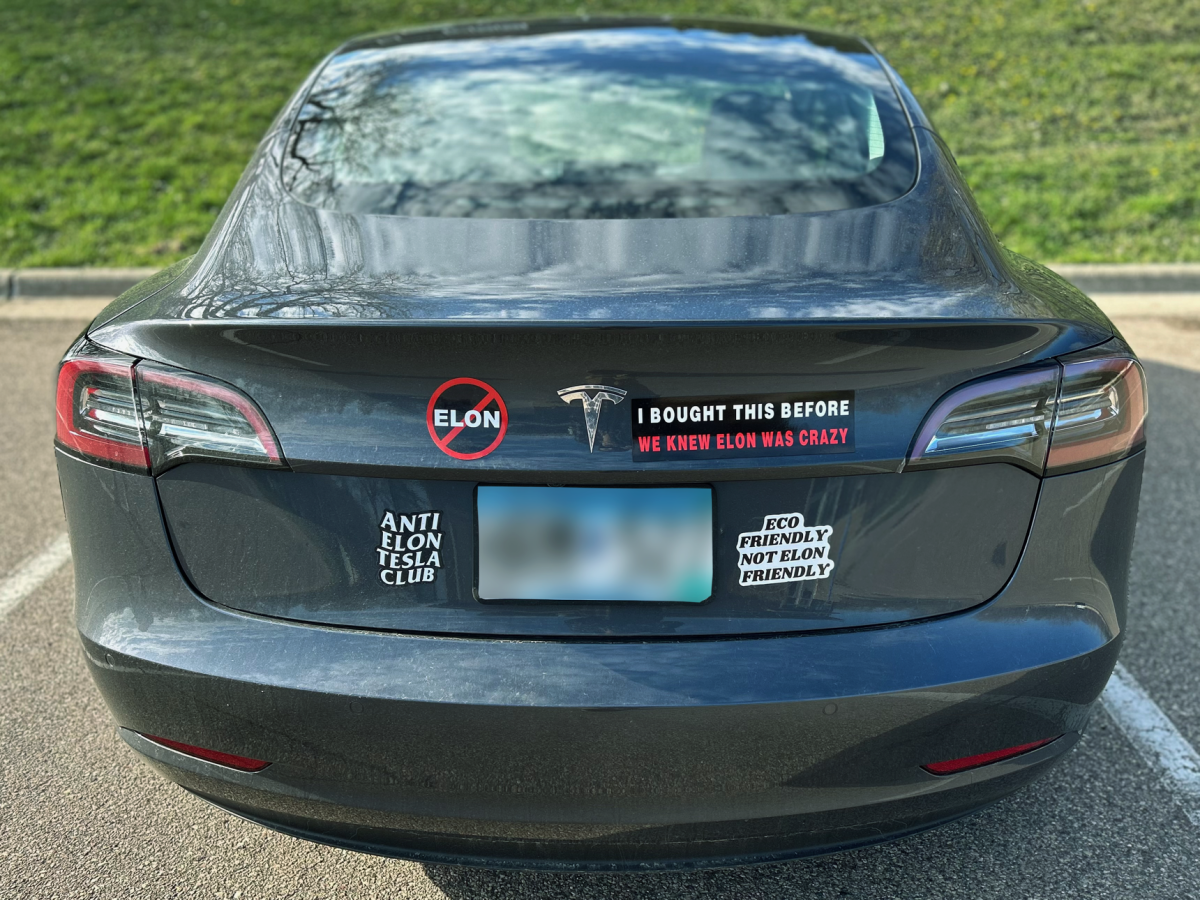Iowa caucus – Jan. 15
The Iowa caucuses marked the start of the Republican primary process and the race for the Republican nomination. Donald Trump won by a commanding margin securing 51% of the vote. This marked the largest margin of victory in the Republican caucus’s 48-year history according to The Des Moines Register. Following Trump, Florida Gov. Ron DeSantis claimed second place with 21.2%, and former South Carolina Gov. and U.N. ambassador Nikki Haley placed a close third with 19.1%. This left fourth place to tech entrepreneur and author Vivek Ramaswamy with 7.7% of the vote.
Early polling showed Ron DeSantis nearly tied with Trump in the Hawkeye State. However, over the past year, support for DeSantis declined significantly while Trump strengthened his hold over Iowa’s Republican electorate, solidifying himself as the front-runner. In the aftermath of the caucus results, both DeSantis and Ramaswamy ended their bids for the Presidency.
Candidates such as DeSantis and Ramaswamy pursued campaigns positioned further to the right than Trump’s campaign. Their so-called “Trump-lite” approach divided the electorate by alienating moderate anti-Trump voters, while simultaneously failing to peel support away from Trump’s loyal base of supporters.
New Hampshire primary – Jan. 23
Following numerous dropouts after the Iowa caucus, Trump and Haley battled head-to-head in New Hampshire. Trump emerged victorious and came away with 54.3% of the vote, while Haley came in second with 43.2%. Although Haley fell short of achieving an upset, her strong support among college-educated Republicans is notable. Exit polling from New Hampshire shows this demographic could be a problem for the Trump campaign, as seven out of 10 Haley supporters indicate that they would not support Trump in the general election.
However, despite this political vulnerability for Trump, Haley’s chances at the Republican nomination don’t look great. New Hampshire, with many moderate to independent college-educated voters, favors Haley, while the slate of the primary upcoming states has a more working-class demographic, strongly favoring Trump. Haley faces an uphill battle as she polls exceptionally poorly among working-class and non-college-educated Republicans.
This piece was originally published in Zephyrus’ print edition on February 21, 2024.





